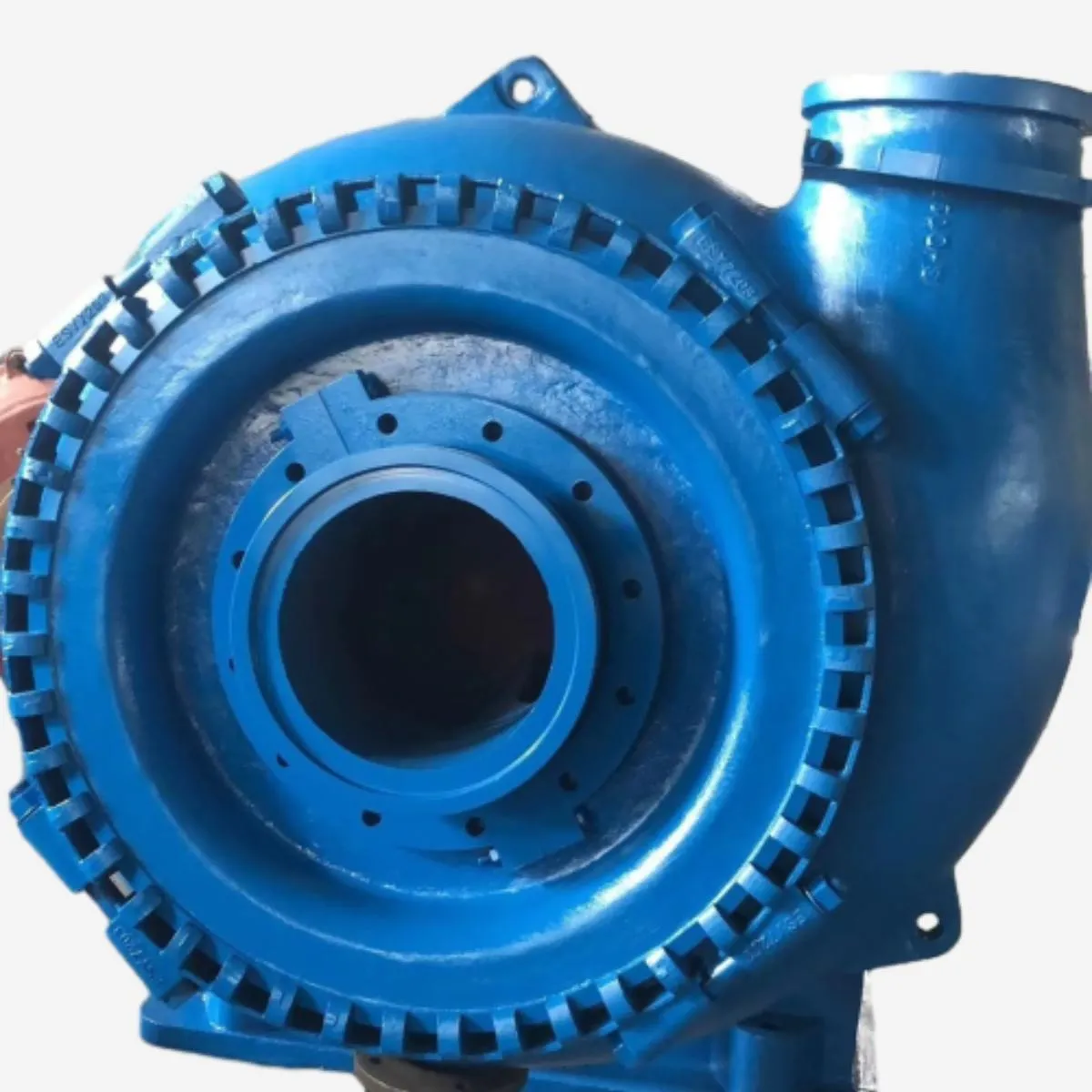Corsican
- Afrikaans
- Albanian
- Amharic
- Arabic
- Armenian
- Azerbaijani
- Basque
- Belarusian
- Bengali
- Bosnian
- Bulgarian
- Catalan
- Cebuano
- Corsican
- Croatian
- Czech
- Danish
- Dutch
- English
- Esperanto
- Estonian
- Finnish
- French
- Frisian
- Galician
- Georgian
- German
- Greek
- Gujarati
- Haitian Creole
- hausa
- hawaiian
- Hebrew
- Hindi
- Miao
- Hungarian
- Icelandic
- igbo
- Indonesian
- irish
- Italian
- Japanese
- Javanese
- Kannada
- kazakh
- Khmer
- Rwandese
- Korean
- Kurdish
- Kyrgyz
- Lao
- Latin
- Latvian
- Lithuanian
- Luxembourgish
- Macedonian
- Malgashi
- Malay
- Malayalam
- Maltese
- Maori
- Marathi
- Mongolian
- Myanmar
- Nepali
- Norwegian
- Norwegian
- Occitan
- Pashto
- Persian
- Polish
- Portuguese
- Punjabi
- Romanian
- Russian
- Samoan
- Scottish Gaelic
- Serbian
- Sesotho
- Shona
- Sindhi
- Sinhala
- Slovak
- Slovenian
- Somali
- Spanish
- Sundanese
- Swahili
- Swedish
- Tagalog
- Tajik
- Tamil
- Tatar
- Telugu
- Thai
- Turkish
- Turkmen
- Ukrainian
- Urdu
- Uighur
- Uzbek
- Vietnamese
- Welsh
- Bantu
- Yiddish
- Yoruba
- Zulu
Telephone: +86 13120555503
Email: frank@cypump.com
Dec . 13, 2024 22:55 Back to list
pipeline hydrostatic test pump
Hydrostatic Testing of Pipelines The Role of Test Pumps
Hydrostatic testing is an essential procedure in pipeline integrity management, ensuring that pipelines are capable of withstanding internal pressures without leaking or failing. This process is crucial for pipelines used in various industries, including oil and gas, water distribution, and sewage treatment. At the heart of any hydrostatic test is the hydrostatic test pump, a piece of equipment designed to pressurize the pipeline with water or another incompressible fluid.
Understanding Hydrostatic Testing
Hydrostatic testing involves filling a pipeline with water and then pressurizing it to a specified level, typically much higher than its maximum operating pressure. This is done to identify leaks, weak points, and to confirm the structural integrity of the pipeline. The test pressure is maintained for a certain period, during which inspectors monitor for any pressure drops that might indicate leaks.
One of the main advantages of hydrostatic testing is that it does not involve the environmental risks associated with using gas for testing. Water is non-compressible, allowing for a clear evaluation of the pipeline's strength and sealing capabilities.
The Role of Hydrostatic Test Pumps
Hydrostatic test pumps are critical in this testing process. They are responsible for supplying the high-pressure water needed to elevate the pressure within the pipeline during the test. These pumps come in various types, including electric, diesel, and pneumatic models, each suited for different applications based on the required pressure, flow rate, and the specific conditions of the testing environment.
1. Types of Hydrostatic Test Pumps
pipeline hydrostatic test pump

- Electric Hydrostatic Test Pumps These pumps are effective for smaller pipelines or when power sources are readily available. They are known for their reliability and ease of use, making them a popular choice for many testing scenarios. - Diesel Hydrostatic Test Pumps Ideal for remote locations where electricity may not be available, diesel-powered pumps provide the necessary portability and power to test larger pipelines. Their robust design allows them to handle high pressures and varying flow rates. - Pneumatic Hydrostatic Test Pumps While less common, pneumatic pumps can be used in specific situations where air pressure is the only viable option. They are less powerful compared to electric and diesel models but can be useful in certain applications.
2. Selection Criteria
Choosing the right hydrostatic test pump involves considering several factors, including the required pressure and flow rate, the size and length of the pipeline being tested, and the environmental conditions where the test will be performed. Additionally, operators should assess the portability and ease of setup of the pump, especially for large-scale projects.
Importance of Proper Testing
Properly conducted hydrostatic testing is not just a regulatory requirement; it ensures the safety and reliability of pipeline systems, which transport hazardous materials, drinking water, and other critical fluids. A failure in a pipeline can lead to catastrophic consequences, including environmental disasters, financial losses, and potential legal liabilities.
Regular hydrostatic testing helps to identify potential issues before they become serious problems, ensuring that the integrity of the pipeline is maintained over time. It also fosters confidence among stakeholders, including customers, regulatory bodies, and the surrounding communities, that the pipeline system is safe and reliable.
Conclusion
Hydrostatic test pumps are a vital component in maintaining the safety and efficacy of pipeline systems. As industries continue to expand and evolve, the importance of rigorous testing procedures cannot be overstated. By investing in the appropriate equipment and adhering to best practices in hydrostatic testing, operators can protect both their infrastructure and the environments in which they operate. Ultimately, the goal is to ensure that pipeline systems are capable of delivering resources safely and efficiently, contributing to sustainable development and operational success.
-
Heavy-Duty Mining Sludge Pumps - Wear-Resistant Slurry Handling
NewsAug.02,2025
-
Horizontal Split Case Pump with GPT-4 Turbo | High Efficiency
NewsAug.01,2025
-
ISG Series Pipeline Pump - Chi Yuan Pumps | High Efficiency, Durable Design
NewsAug.01,2025
-
Advanced Flue Gas Desulfurization Pump with GPT-4 Turbo | Durable & Efficient
NewsJul.31,2025
-
ISG Series Vertical Pipeline Pump - Chi Yuan Pumps | Advanced Hydraulic Design&Durable Construction
NewsJul.31,2025
-
ISG Series Vertical Pipeline Pump - Chi Yuan Pumps | Energy Efficient & Low Noise
NewsJul.31,2025










